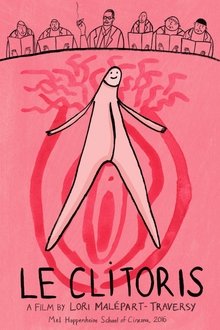Through his own photographs, the Basque artist Néstor Basterretxea (1924-2014) is portrayed by the art critic and exhibition curator Peio Aguirre, a great connoisseur of his work and personal archives.
Related Movies
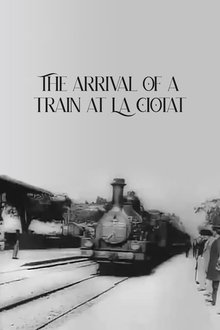
The Arrival of a Train at La Ciotat (1896)
A group of people are standing along the platform of a railway station in La Ciotat, waiting for a train. One is seen coming, at some distance, and eventually stops at the platform. Doors of the railway-cars open and attendants help passengers off and on. Popular legend has it that, when this film was shown, the first-night audience fled the café in terror, fearing being run over by the "approaching" train. This legend has since been identified as promotional embellishment, though there is evidence to suggest that people were astounded at the capabilities of the Lumières' cinématographe.
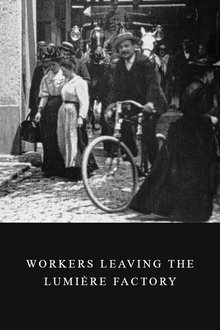
Workers Leaving the Lumière Factory (1895)
Working men and women leave through the main gate of the Lumière factory in Lyon, France. Filmed on 22 March 1895, it is often referred to as the first real motion picture ever made, although Louis Le Prince's 1888 Roundhay Garden Scene pre-dated it by seven years. Three separate versions of this film exist, which differ from one another in numerous ways. The first version features a carriage drawn by one horse, while in the second version the carriage is drawn by two horses, and there is no carriage at all in the third version. The clothing style is also different between the three versions, demonstrating the different seasons in which each was filmed. This film was made in the 35 mm format with an aspect ratio of 1.33:1, and at a speed of 16 frames per second. At that rate, the 17 meters of film length provided a duration of 46 seconds, holding a total of 800 frames.

The Conclave and Election of Pope Pius XII (1939)
A short documentary covering the conclave and election of Pope Pius XII.
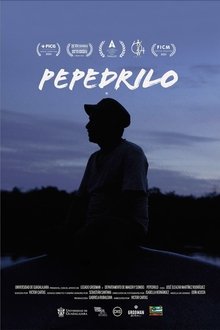
Pepedrilo (2021)
Pepedrilo and his peculiar connection with nature are embodied by the care and protection of a crocodile sanctuary, whose stability is put in danger day by day by the threat of men.
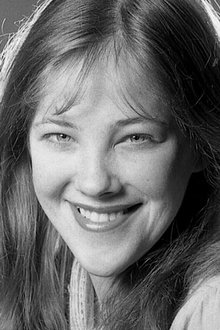
Catherine O'Hara: All of Us Shine (2021)
From "SCTV" and "Home Alone" to "Best in Show" and "Schitt’s Creek", Catherine O’Hara collaborates with fellow performers throughout her legendary career to take comedy to new heights.

Mild Madness, Lasting Lunacy (2020)
This walk in the daily life of several psychiatric institutions, allows us to meet extraordinary people who let us enter their privacy.

Elburua Gernika (1962)
The film starts in Bermeo and ends in Gernika. A magical trip taking us from the scent of salt air and the fishing atmosphere of Bermeo port to the roots of the Tree of Gernika.
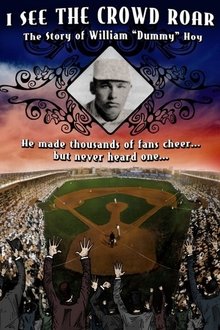
I See The Crowd Roar: The Story of William Dummy Hoy (2007)
A true story of a courageous boy who becomes a legend. Living a dream that wouldn't die; his passion empowered him to historically change the course of baseball. Facing challenges on every front he conquers all with his belief and determination; a true hero. A life changing story!
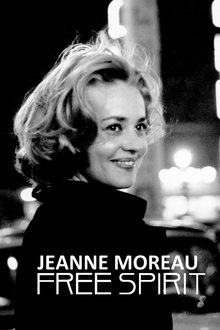
Jeanne Moreau: Free Spirit (2018)
An account of the life of actress Jeanne Moreau (1928-2017), a true icon of the New Wave and one of the most idolized French movie stars.
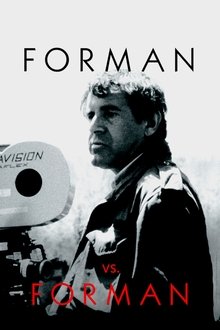
Forman vs. Forman (2019)
A moving account, in his own words, of the personal life and work of the brilliant Czech filmmaker Miloš Forman (1932-2018): his tragic childhood, his major contribution to the cultural movement known as the Czech New Wave, his exile in Paris, his troubled days in New York, his rise to stardom in Hollywood; a complete existence in the service of cinema.

I Have an Appointment With a Tree (2023)
I had heard of a Chilean painter, author of a thousand paintings, who had disappeared long ago. I had been given an address on the banks of the Loire, at number 640 of a road that no longer existed. No one had been here for decades. Everything had remained there, as if someone had fled.
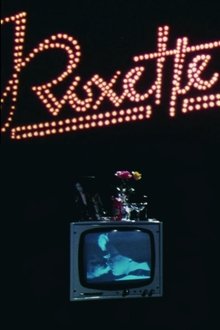
Roxette (1978)
Documentary profiling young Roxy Music fans. They talk about the band and the music, are seen out and about in Manchester, they prepare for a concert at the Opera House. Includes footage of a tribute band, who, due to a lack of musical instruments, use household appliances to make music.
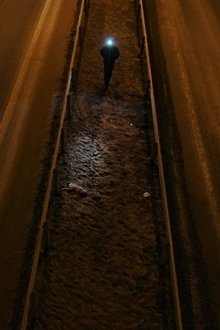
Liminality & Communitas (2018)
After the sunset, a man wonders between the edges of the highways gathering edible roadkill animals.
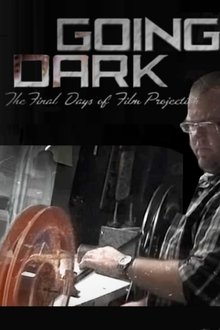
Going Dark: The Final Days of Film Projection (2013)
Hollywood has made up their minds, forcing theaters to convert to digital or go dark. As theaters around the world change to newer digital technology, the job of the 35mm film projectionist is becoming irrelevant. Going Dark profiles two theater projectionists during their final days on the job.

TINA (2021)
Tina Turner overcame impossible odds to become one of the first female Black artists to reach a mainstream international audience. Her road to superstardom is an undeniable story of triumph over adversity. It’s the ultimate story of survival – and an inspirational story of our times.
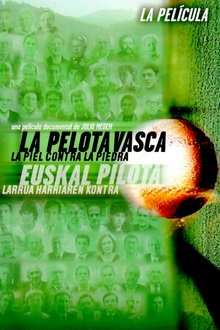
The Basque Ball: Skin Against Stone (2003)
An attempt to create a bridge between the different political positions that coexist, sometimes violently, in the Basque Country, in northern Spain.
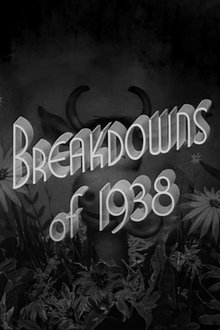
Breakdowns of 1938 (1938)
Flubs and bloopers that occurred on the set of some of the major Warner Bros. pictures of 1938.
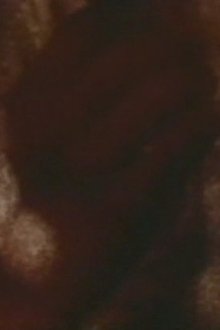
Song 5 (1964)
SONG 5: A childbirth song (the Songs are a cycle of silent color 8mm films by the American experimental filmmaker Stan Brakhage produced from 1964 to 1969).
